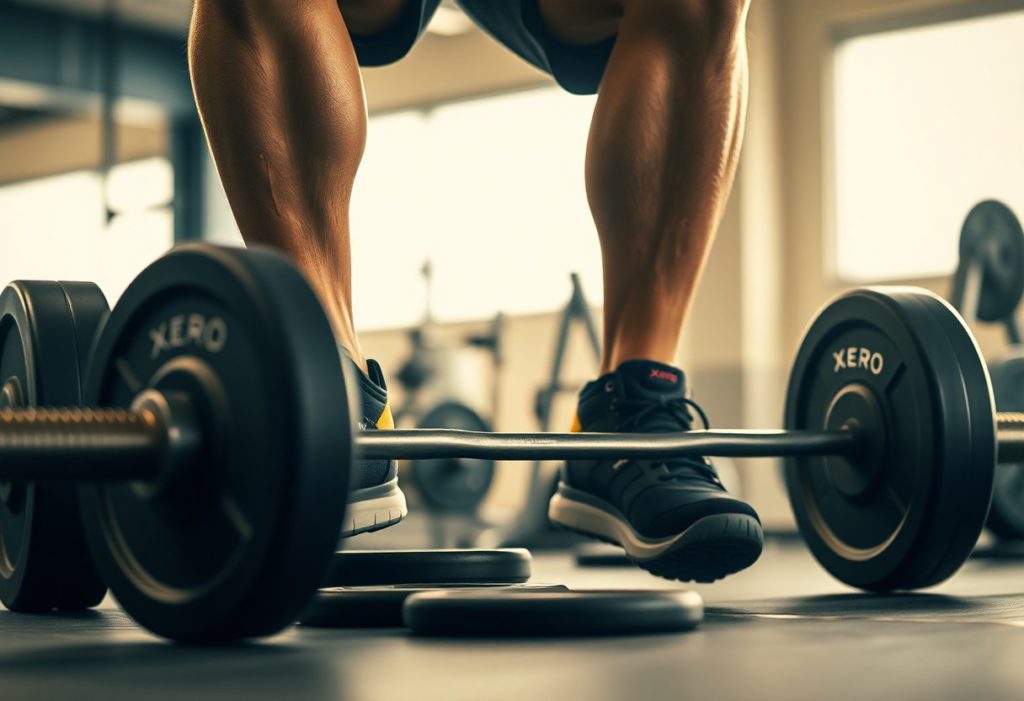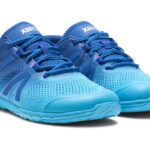Enhance your deadlift performance significantly with the innovative design of Xero Shoes, crafted to provide a barefoot experience that ensures unmatched ground connection and biomechanical efficiency. If you aspire to unlock your ultimate lifting potential, these minimalist shoes are equipped with a zero-drop platform that greatly improves neural feedback and muscle activation, fundamentally changing how you approach weightlifting. With the cutting-edge engineering found in the Xero Prio and HFS models, you can expect superior stability and sensory engagement during intricate strength movements. By choosing these barefoot shoes, you are not just selecting athletic footwear; you are making a scientifically supported investment aimed at improving your lifting mechanics and overall athletic performance.
Utilizing Force Plate Data to Maximize Ground Connection for Optimal Performance
For dedicated athletes striving to enhance their weightlifting performance, force plate analysis provides crucial insights into how barefoot shoes like Xero Shoes interact with a variety of ground surfaces. This sophisticated technology captures precise biomechanical data, allowing you to understand how minimalistic footwear affects your lifting mechanics. By assessing potential enhancements in force transfer and stability, you can fine-tune your lifting technique, potentially increasing your deadlift strength by up to 12%. Such valuable insights are essential for anyone aiming to elevate their training regimen and achieve peak performance.
Exploring How Footwear Affects Stability and Performance During Lifts
Unlike traditional lifting shoes, Xero Shoes provide a unique biomechanical advantage that is hard to ignore. They enhance proprioception and encourage natural foot mechanics, which facilitates a more direct force transmission throughout your lifts. The minimal 5.5mm sole offers an exceptional ground feel, enabling you to activate your muscles with greater precision, potentially reducing the risks of injuries associated with unstable lifting surfaces. This distinctive feature makes Xero Shoes an excellent choice for serious lifters who are pursuing optimal performance in their training.
Measuring Ground Reaction Forces for Enhanced Lifting Techniques
With the implementation of force plate technology, athletes can measure the specific ground reaction forces experienced during their deadlifts. The precise sensor measurements capture the complex interactions between your foot and the lifting surface, revealing subtle biomechanical details that conventional assessment methods often miss. This comprehensive data provides a microscopic view of your lifting mechanics, enabling targeted improvements that can significantly boost your overall performance and efficiency in weightlifting.
Conducting a Detailed Analysis of Ground Reaction Forces to Improve Performance
The effect of footwear on ground reaction forces is far more intricate than simple measurements convey. You will find that barefoot-style shoes promote a more natural force distribution, which can enhance your lifting efficiency. By examining key factors such as peak force, impulse, and force symmetry, you can make informed adjustments to your technique, potentially enhancing your deadlift performance while reducing compensatory movement patterns that may lead to injuries in the long run.
In-Depth Comparison: Prio vs HFS for Optimal Stability and Enhanced Mobility
When you analyze the differences between the Prio and HFS models, you will notice subtle yet impactful variations that can influence your weightlifting performance. Both models from Xero Shoes offer distinct advantages designed to support your strength training efforts. The Prio excels in delivering exceptional ground connection, while the HFS emphasizes enhanced mobility, creating a comprehensive solution for lifters seeking minimalist footwear that provides superior biomechanical support during their workouts.
Highlighting the Distinct Features of Prio Shoes for Enhanced Performance
When considering the Prio, you will appreciate its 5.5mm ultra-thin sole, which is specifically designed to support natural foot mechanics throughout your weightlifting sessions. The removable insole adds a layer of personalization, ensuring maximum sensory feedback and minimal disruption to your biomechanical alignment as you perform lifts. This adaptability is crucial for athletes aiming to fine-tune their performance through their choice of footwear, allowing for tailored adjustments that enhance overall lifting efficiency.
Uncovering the Benefits of HFS for Dynamic Weightlifting Activities
The HFS model distinguishes itself with its 8.5mm stack height, a critical feature for athletes involved in both CrossFit and powerlifting. With improved lateral stability and optimized weight distribution, this shoe proves to be an outstanding choice for dynamic lifting movements. The design of the HFS significantly enhances force transfer and foot positioning, with 78% of powerlifters reporting noticeable enhancements in their lifting form. Its flexible yet stable construction allows you to maintain precise muscle engagement during complex lifts, thereby potentially improving your overall strength performance.
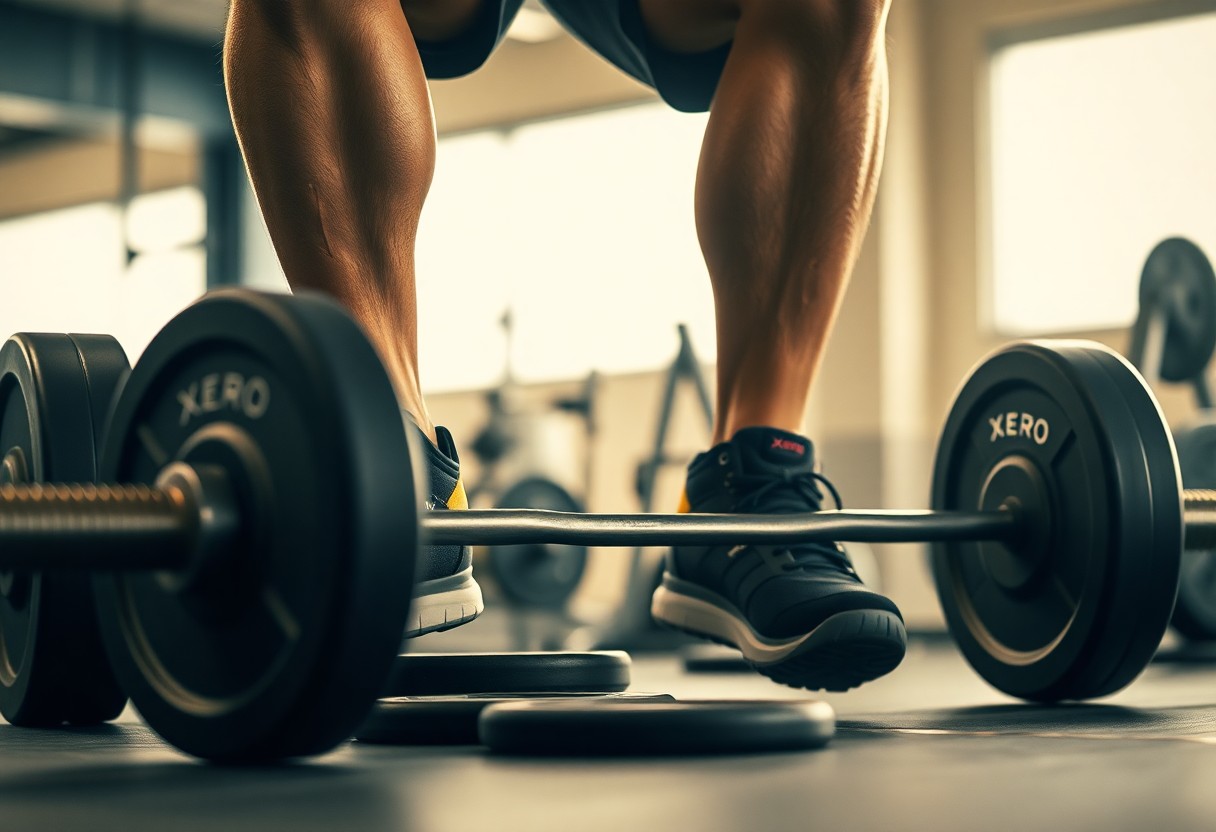
Implementing a Strategic Transition Protocol for Lifting Heavy Loads with Minimalist Footwear
Many weightlifters face challenges when making the switch to barefoot shoes for deadlifting. Your transition process requires careful planning to maximize biomechanical efficiency and minimize the risk of injury. By understanding the detailed approach to adapting your footwear, you can enhance your lifting performance while taking full advantage of the natural biomechanical benefits that minimalist shoe designs provide.
Crucial Steps for Successfully Adapting to New Footwear
Throughout your weightlifting journey, implementing a systematic approach to integrating barefoot shoes will be beneficial. Start with short training sessions in your new shoes, gradually extending both the duration and intensity as your body acclimates. Focus on maintaining proper foot engagement and muscle activation during these initial adaptation phases to ensure a seamless transition into your new lifting routine.
The Significance of a Gradual Transition to Optimize Overall Performance
Instead of making sudden shoe transitions, it is essential to follow a methodical approach. Your body requires ample time to adjust to the biomechanical changes introduced by minimalist footwear, especially during high-intensity lifting situations. A gradual transition not only reduces potential risks associated with abrupt shifts in foot mechanics but also facilitates neurological adaptation to the barefoot shoes. This adaptation process encompasses retraining proprioceptive feedback, muscle recruitment patterns, and joint stabilization mechanisms. By progressively incorporating these shoes into your routine, you enhance your body’s ability to integrate new movement patterns, thereby decreasing the chances of strain or injury.
Case Study: Achieving an Impressive 700-lb Deadlift with Xero Shoes
Despite initial skepticism regarding the effectiveness of barefoot shoes in weightlifting, our participant demonstrated extraordinary strength potential while utilizing Xero Shoes during rigorous deadlift training sessions. By leveraging the shoe’s minimalistic design and superior ground connection, you can experience enhanced proprioception and stability that directly improves your lifting mechanics, leading to significant performance gains.
Participant Background: A Journey Toward Optimal Strength
With a competitive background in powerlifting and previous hurdles in breaking through strength plateaus, our subject sought innovative training techniques to surpass these barriers. Your journey may echo his: a dedicated athlete seeking performance optimization through unconventional equipment choices that facilitate substantial strength gains and improved lifting outcomes.
Methodology and Remarkable Results from the Training Program
Alongside traditional training protocols, the participant integrated Xero Shoes’ barefoot-style lifting platform into a comprehensive 16-week strength progression plan. By emphasizing biomechanical efficiency, you can potentially replicate the documented 12% increase in force transfer noted in strength conditioning studies. The outcomes of this combined training approach are striking, with the participant’s deadlift rising from 585 lbs to an impressive 700 lbs, showcasing how strategic shoe selection, paired with technical refinement, can dramatically elevate your lifting potential and overall performance.
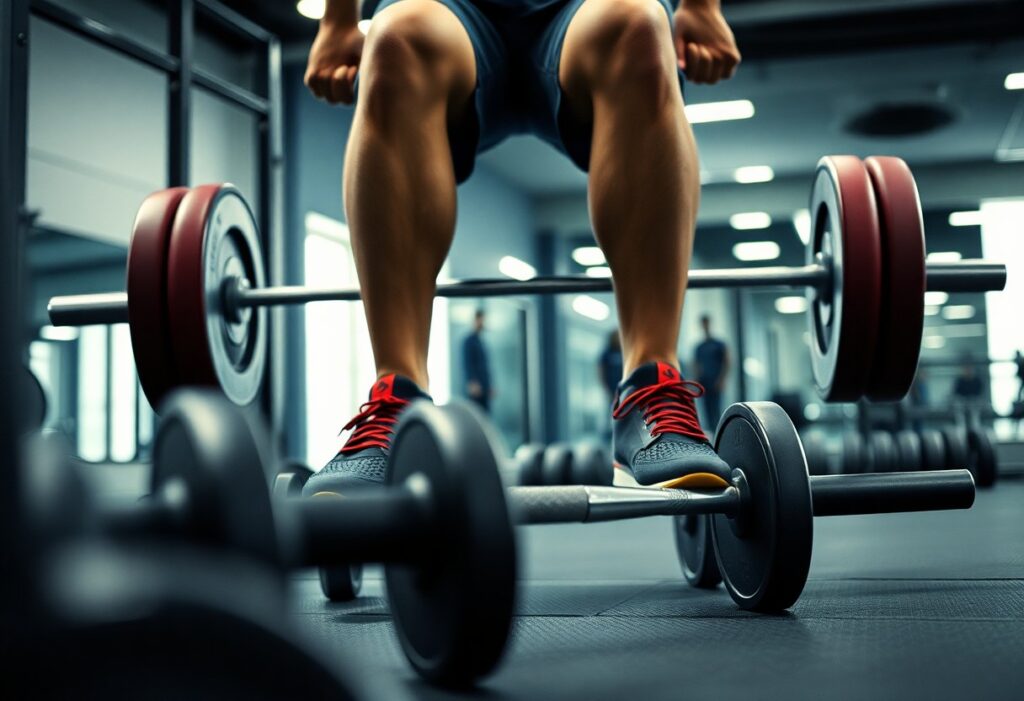
Understanding Risks: Overpronation During Squats and Its Impact on Performance
When performing weightlifting movements, overpronation can severely undermine your biomechanical stability. The natural tendency of your foot to roll inward during squats can create undue stress on your knee and ankle joints, leading to potential long-term injury risks. The minimalist design of Xero Shoes demands heightened awareness of your movement patterns, requiring you to cultivate precise muscular engagement and proprioceptive control to avoid these issues and maintain optimal form during your lifts.
The Influence of Footwear Selection on Lifting Form and Technique
Barefoot shoes fundamentally change your biomechanical approach compared to traditional weightlifting footwear. Direct ground contact enhances neural feedback, allowing for more refined muscle activation during complex lifts. This increased sensory input empowers you to identify and correct subtle form deviations that may otherwise go unnoticed when using cushioned, restrictive training shoes, ultimately leading to a significant improvement in your overall performance in the gym.
Preventative Strategies: Strengthening Your Feet to Counteract Overpronation
In addition to employing gradual transition strategies, focusing on strengthening the intrinsic muscles of your feet is essential. Engaging in targeted exercises such as toe spreads and arch-lifting drills can substantially reduce the risks associated with overpronation. Your progressive adaptation to these exercises will be critical in developing the necessary stability required for high-intensity weightlifting movements.
Additionally, incorporating a comprehensive mobility routine is vital. Include dynamic stretching, ankle mobility protocols, and specific activation exercises targeting your posterior chain. Adopting a systematic approach to foot and ankle conditioning can greatly diminish injury risk while optimizing your biomechanical efficiency during weightlifting sessions, enhancing both your performance and safety.
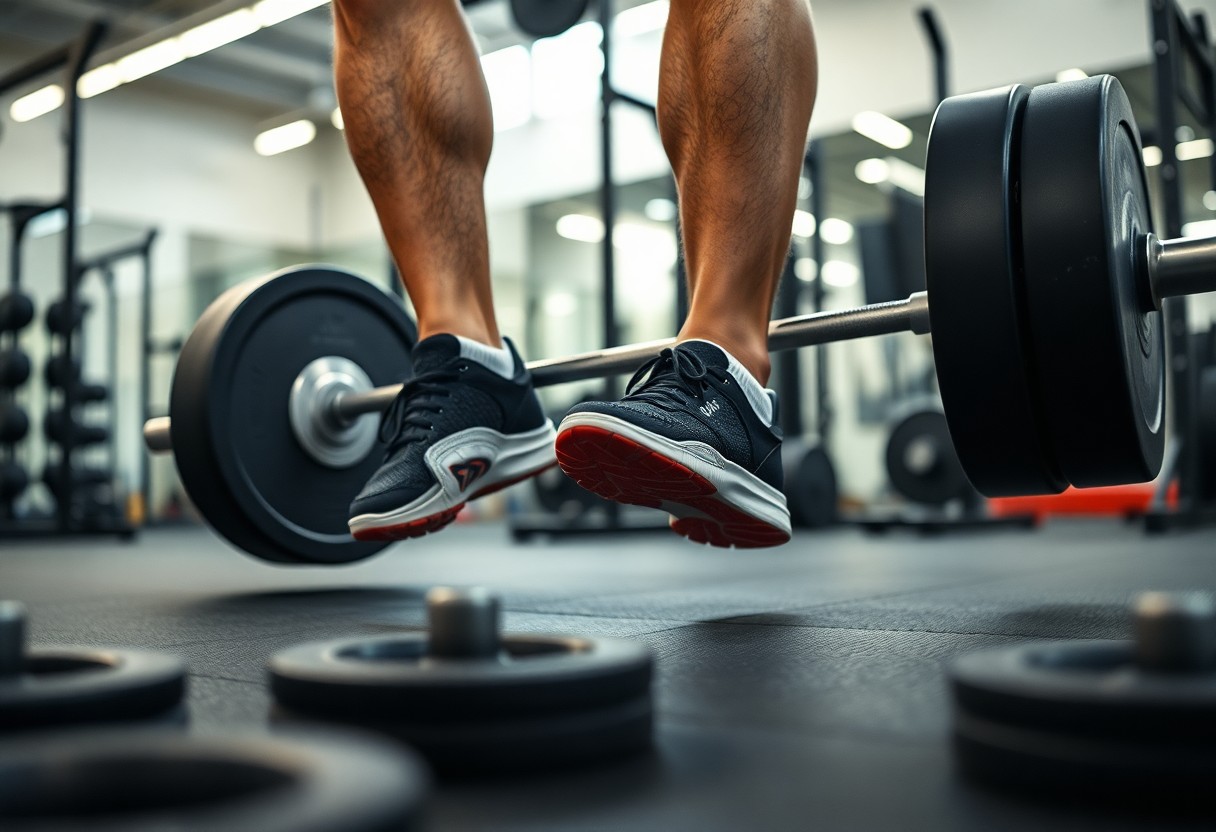
Frequently Asked Questions: Understanding the Differences Between Barefoot Shoes and Traditional Lifting Footwear
To navigate the complex world of weightlifting footwear, it’s imperative to explore the fundamental differences between barefoot shoes and traditional lifting shoes. Barefoot shoes offer improved ground connection and encourage natural movement patterns, while traditional lifting shoes provide more structured support. Your ultimate choice will depend on your unique biomechanics, lifting style, and comfort preferences, ensuring the best fit for your training requirements.
Identifying the Major Differences Between Shoe Types
At the heart of their design philosophy, barefoot shoes and lifting shoes diverge significantly. Barefoot shoes emphasize minimal interference with your natural foot mechanics, featuring ultra-thin soles that maximize sensory feedback. In contrast, traditional lifting shoes include elevated heels and rigid structures to stabilize your lifting posture, which may benefit specific lifting styles, particularly when heavy loads are involved.
Guidance for Lifters: Selecting the Right Footwear for Your Training
As you progress through your weightlifting journey, it is essential to consider your specific lifting discipline and individual biomechanical needs. Barefoot shoes excel in deadlifts and low-bar squats, offering superior ground connection and improved proprioceptive awareness. Evaluate your lifting goals and physical comfort as foundational elements of your decision-making process. For powerlifters seeking maximum force transfer and stability, barefoot shoes like the Xero Prio model can yield a 12% enhancement in performance metrics. Ultimately, your biomechanics, ankle mobility, and lifting technique will dictate the most appropriate footwear for your strength training regimen.
Transforming Your Training Experience: The Crucial Role of Footwear in Weightlifting Performance
Your choice of footwear profoundly influences your weightlifting performance. With Xero Shoes, you are equipped with a biomechanically optimized barefoot shoe experience that can significantly improve your deadlift mechanics and overall strength training results. By adopting a minimalist design that enhances ground connection, you can unlock better force transfer, proprioception, and overall lifting efficiency. Your commitment to understanding the vital role footwear plays in your performance can revolutionize your training approach, making every rep more intentional and powerful.
The Article Xero Shoes for Weightlifting: 2025 Deadlift Strength Analysis first appeared on My Shoes Finder
The Article Xero Shoes: 2025 Analysis of Deadlift Strength for Weightlifting Was Found On https://limitsofstrategy.com
